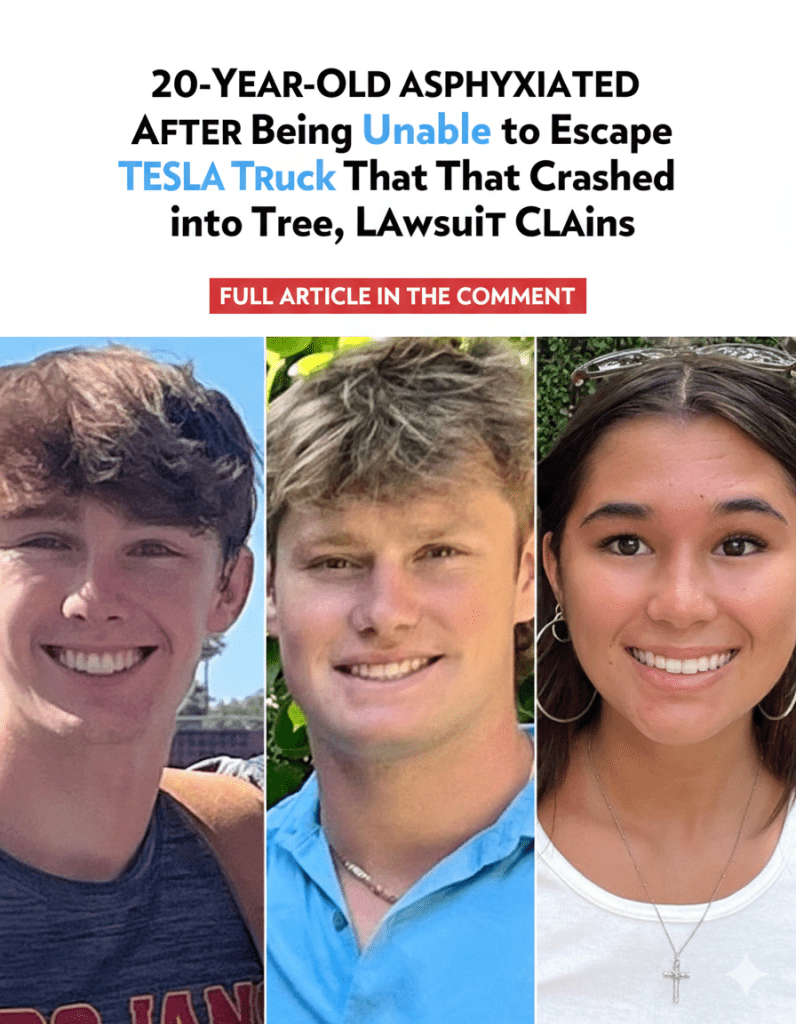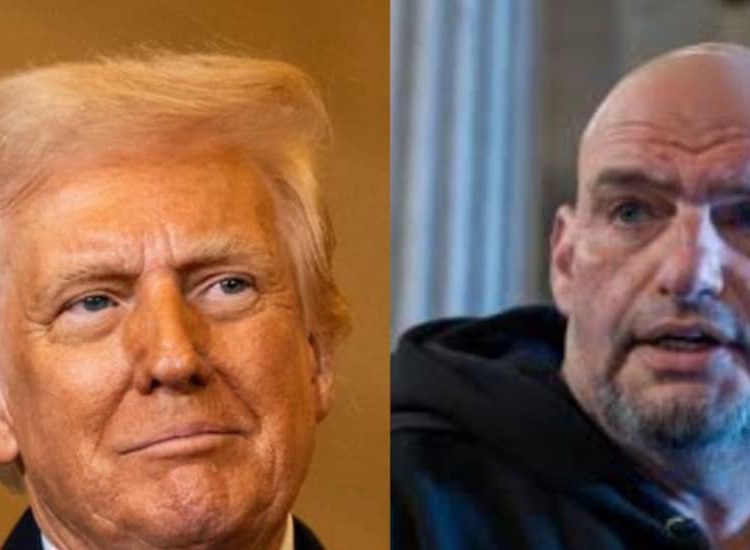20-Year-Old Dies After Being Trapped in Tesla Cybertruck Crash — Family Files Lawsuit Alleging “Catastrophic Design Defects”
A heartbreaking new lawsuit against Tesla has emerged following a fatal crash involving a Cybertruck that left a 20-year-old college student dead after being unable to escape the vehicle. The complaint, filed in California’s Alameda County Superior Court on October 2, alleges that the car’s design flaws turned what could have been a survivable accident into a fatal tragedy.
According to the lawsuit, Jack Stone, a 20-year-old student and athlete, was traveling with two friends when the Tesla Cybertruck they were in crashed into a tree. While the impact itself did not immediately claim his life, the suit claims the young man became trapped inside the vehicle as it filled with smoke and fire. He reportedly asphyxiated before rescuers could reach him. His parents now say that the car’s door mechanisms and electronic systems failed to unlock, preventing their son from escaping.
“This case arises from catastrophic design defects in the Tesla Cybertruck that turned a survivable crash into a fatal fire,” the complaint reads. Stone’s parents, who filed the suit alongside the family of another passenger, Krysta Tsukahara, say they are seeking accountability for a tragedy that never should have happened.

The families’ legal teams argue that the Cybertruck’s all-electric locking systems — which rely on power to open doors — can become a deadly trap during crashes when electrical components are damaged or disabled. In such cases, traditional manual escape options may not function, leaving passengers trapped inside. The suit further alleges that Tesla was aware of these risks but failed to provide adequate backup safety mechanisms.
Tesla has not yet issued a public statement about the case, but similar lawsuits have been filed in recent years involving its vehicles’ safety systems. Critics have long expressed concern about the automaker’s reliance on advanced but fragile technology that, while innovative, may complicate emergency situations. The company has also faced scrutiny over its “autopilot” and “full self-driving” systems in previous accidents, though this particular crash does not appear to have involved those features.
For the families involved, however, this case is not about technology — it’s about accountability and loss. Jack Stone’s parents described their son as a “vibrant, caring young man” whose life was just beginning. He was a beloved student, teammate, and friend, known for his optimism and kindness. The thought that he may have survived the initial crash only to lose his life because he couldn’t open a door has left his loved ones shattered.
Krysta Tsukahara’s family, who also filed an amended wrongful death claim, echoed those emotions in their statement. “Our daughter deserved the chance to survive,” they said. “We trusted that a car built for the future would protect her, not trap her.”
Legal experts following the case say it could reignite debates about safety standards for electric vehicles, especially those that replace mechanical functions with digital systems. As EVs become more common, the balance between innovation and fail-safe design is drawing increasing attention. Cars that rely on touchscreens, electronic locks, and power-dependent components may be at risk of leaving occupants vulnerable when systems fail.
The tragedy has also sparked conversations among Tesla owners and enthusiasts online, many sharing concerns and reviewing safety manuals to better understand how to manually exit their vehicles in emergencies. Some Cybertruck models reportedly have hidden manual release levers, though their placement and visibility vary.
For the families of Jack Stone and Krysta Tsukahara, no amount of legal action will bring back their children. But their hope, they say, is that this lawsuit leads to design changes that prevent similar tragedies in the future. “We’re doing this for Jack,” his mother said quietly, “so no other parent has to go through what we are living through now.”
As the investigation unfolds, the case stands as another reminder that the future of automotive innovation must balance progress with protection. Behind every line of technology lies a responsibility — and for two families in California, that responsibility came too late.



